The online sports betting industry in the US has expanded rapidly since the Supreme Court gave it an open pass in 2018. And as with any sweeping decision, this has created both opportunities and challenges for gaming operators and regulators alike.
In this dynamic gaming landscape, harmonization is a critical factor for engendering a thriving ecosystem inhabited by regulators, operators, and players. Last week I had the opportunity to dig into this topic on a panel that I sat on at the All-American Sports Betting Summit 2023. The question to consider was: Is overregulation killing the industry?
In this blog, I will highlight some points that I touched on with my fellow panelists.
How long is a piece of string?
The first question to be answered covered which regulations touch on the gaming sector in the US. This would include land-based and online operations, casino/tables, and sports betting alike. The regulations that come to mind quickest are Anti-Money Laundering (AML)/Know Your Customer (KYC), licensing rules, advertising monitoring, responsible gaming, and “no in-instate sports team betting,” to mention a few.
As one pulls back on the microscope, we see multiple other regulations crossing into the gaming sphere, alongside other consumer-facing verticals that are similarly regulated. These include data privacy and security, biometric protection, non-biased AI, and good ol’ Section 5 of the Federal Trade Commission Act, which prohibits “unfair or deceptive acts or practices in or affecting commerce.”
So the definition of “regulation” stretches in multiple directions from the “just gaming” purview that we may have had in mind initially when asking the panel’s question.
Overregulation to whom?
When OpenAI CEO Sam Altman headed last month to Washington DC to propose that regulation for AI was beneficial to protecting US society, he was not just taking a good Samaritan approach. He was also looking (i) to build a moat around OpenAI, entrenching its position in the generative AI arena, and (ii) to keep the regulators at peace (and therefore at bay).
With regard to gaming, varying and conflicting regulations across multiple state jurisdictions create a complex environment that hinders market accessibility and limits opportunities for smaller operators. Cross-border operations are impeded—for example, around managing limits on personal data across state lines—resulting in fragmented player experiences and missed economic potential. Moreover, compliance with multiple sets of regulations becomes burdensome, resource-intensive, and time-consuming for those smaller operators (including those whose names do not rhyme with “I can’t keep up with this rule”).
Is tech the answer?
Technology, by itself, is not a solution. The more fitting question is, what is the problem that has to be addressed? An example is the application of KYC in the gaming states.
Compared to financial institutions, gaming operators apply a light touch version of KYC. Presentation of an identification document is considered by many as an obstacle to onboard a new potential player, which costs anywhere from $300 to $650+ to acquire. I heard from one payment processor that they request presentation of an ID document in less than 30% of cases for new player sign-ons. And that does not include checking if those IDs are assessed for being valid and present (i.e. not a photocopy, which is open to forgery).
But what if technology can onboard a new player in under one minute, with no manual review required (i.e. full KYC in a flash)? And how about we flip the script to present to the incoming player that we are doing this to keep you safe in our ecosystem, with the fraudsters locked outside the front door? Plus we help the operator by uploading many of the player’s details without them having to type it in manually, so that the player can push on that first bet before you can say, “the Jets are going to the Super Bowl”?
So yes, tech can answer the question, especially if that question is, “are you willing to change the script to put a bigger smile on the face of the regulator, and to better protect the player too?”
Balancing it all out
The right tech service provider can optimize timing to onboard new players and reauthenticate existing players who are looking to cash out. Such a provider accepts that they may have to adjust their flows to manage the expectations of operators to capture those new sign-ons as expeditiously as possible.
In parallel, all participants in online gaming are joint caretakers of this environment. With that responsibility, we can address regulators’ multiple concerns, and tripwires, with speed and accuracy. And while we may debate if overregulation is killing the industry or not, the ultimate goal has to be to keep the customers—the players—entertained safely. Because without them, there is no industry.
About the post:
Images are generative AI-created. Prompt: an orchestra of rabbits performing in a grassy meadow done in the style of Cézanne. Tool: DALL-E.
About the author:
Terry Brenner is the Head of Legal, Risk, and Compliance for IDVerse’s North American operations. He oversees the company’s foray into this new market, heeding to the sensitivities around data protection, biometrics, and privacy. With over two decades of legal experience, Brenner has served in a variety of roles across a diverse range of sectors.


